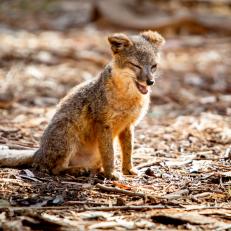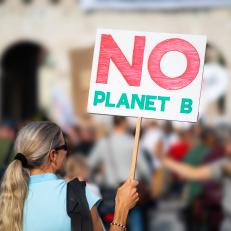Meet the Major Players in the Environmental Justice Movement
One of the most important movements in the US right now is the environmental justice movement, believed to have first started along the I5 in California’s Central Valley in the 1980s. Led primarily by African Americans, Latinos, Native Americans, Asian Americans, and Pacific Islanders, the campaign focuses on one stark fact: that those who live and work in America’s most polluted neighborhoods are low-income individuals of color.
In 1992, then-president Bill Clinton appointed two environmental justice leaders. Since then, the movement has ballooned, and multiple grassroots environmental justice organizations have formed. Here’s just some you should know about.
Shop This Look
Deep South Center for Environmental Justice
The Deep South Center for Environmental Justice partners with communities harmed by racially disproportionate pollution burdens and climate vulnerabilities. The center builds the ability of communities to respond to environmental threats and hazards through workshops that train members to monitor environmental hazards, know their rights and understand the risks of toxic exposures, among others.





















